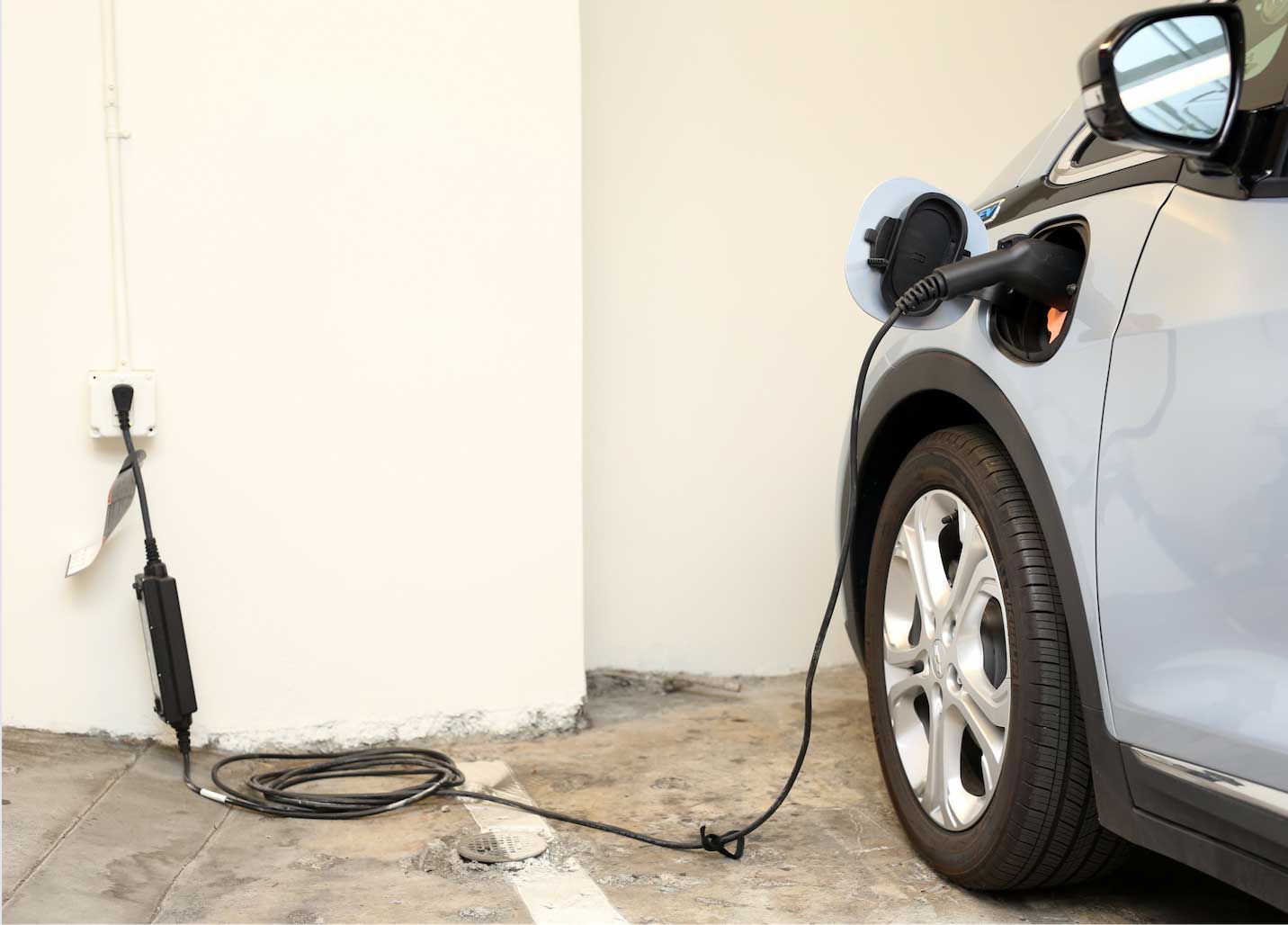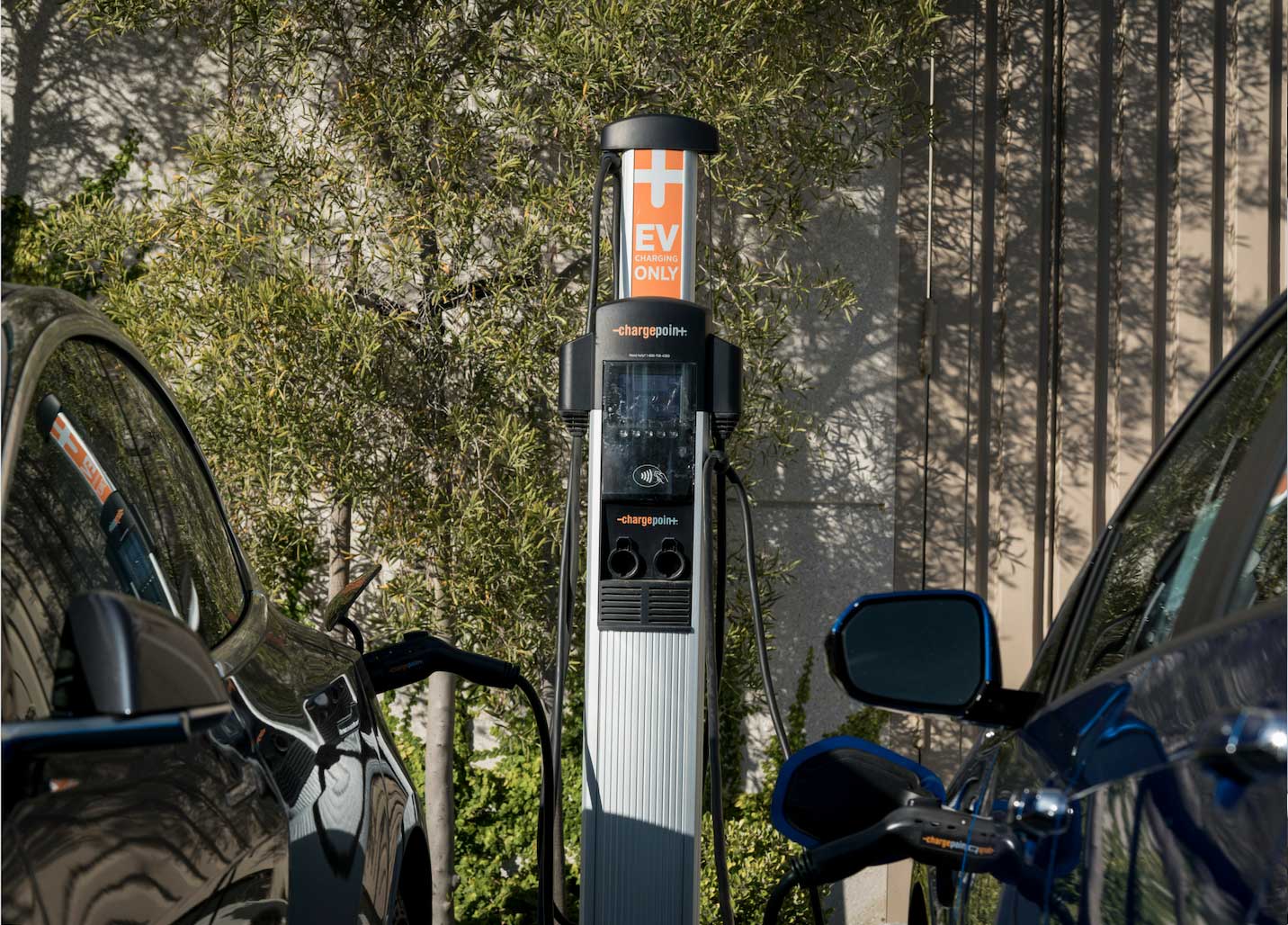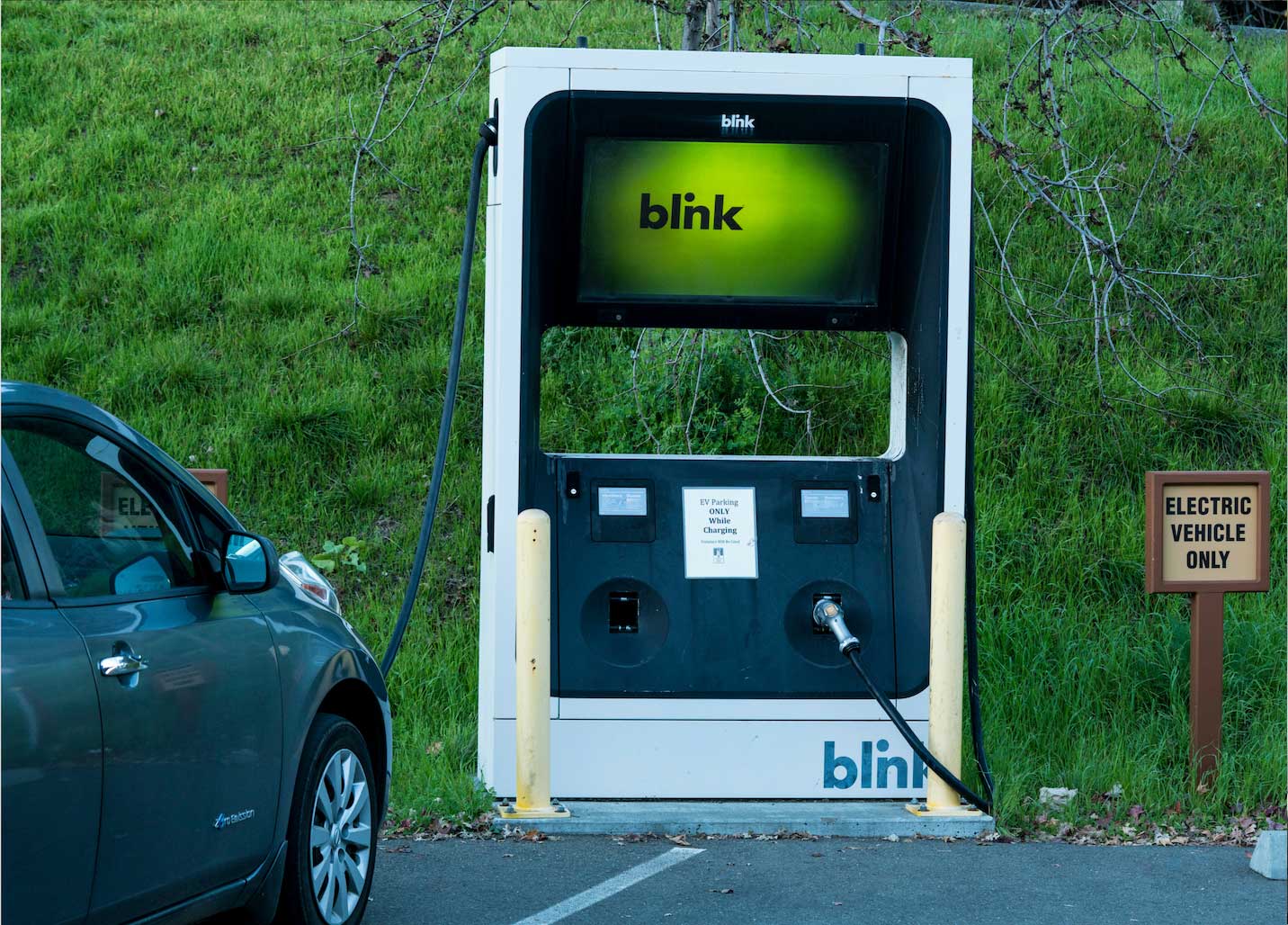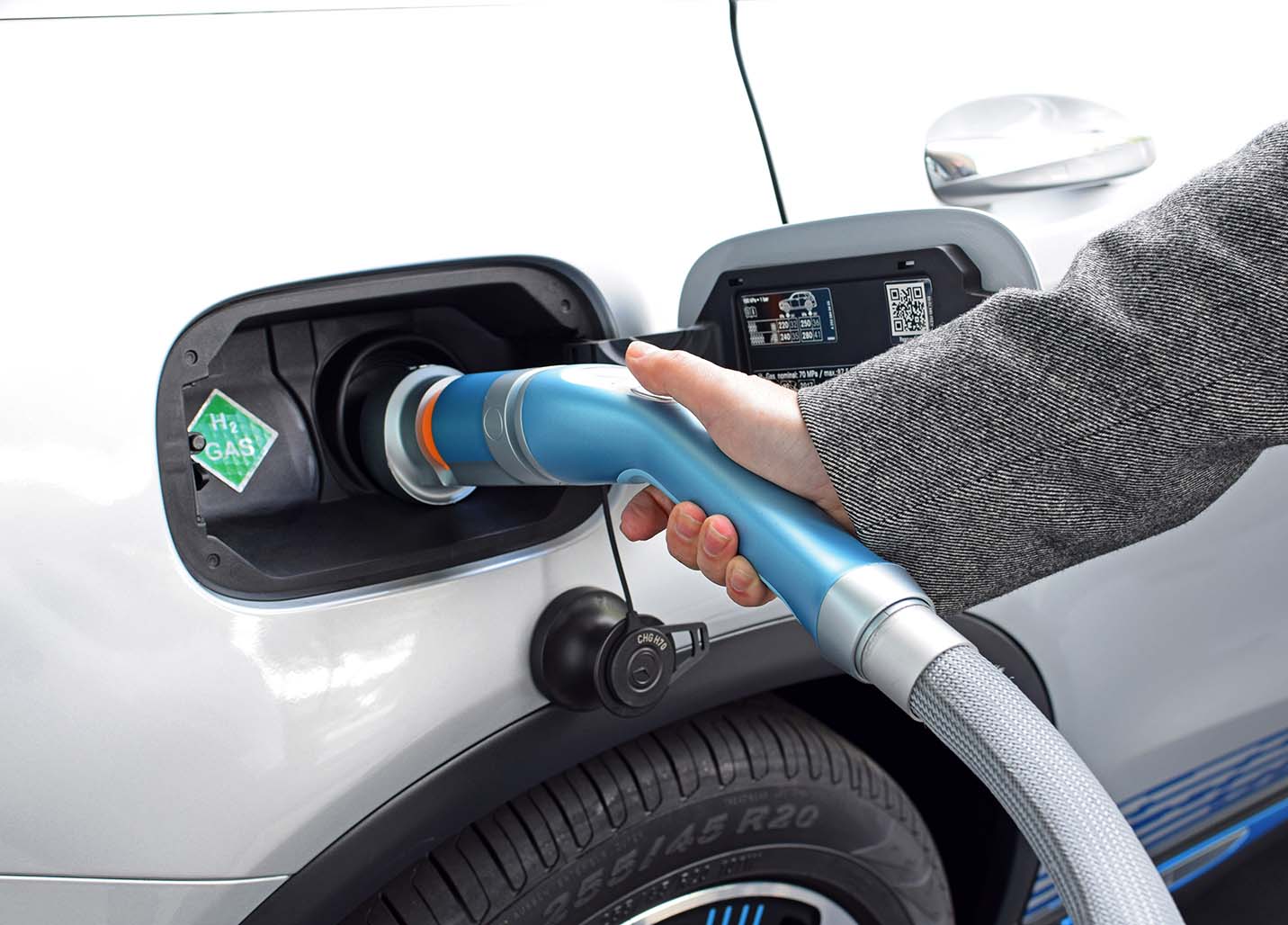Cómo cargar su vehículo eléctrico
Obtenga información sobre cómo puede calificar para obtener un cargador doméstico y los diferentes tipos de cargadores que se pueden utilizar con vehículos eléctricos híbridos enchufables, de batería y de pilas de combustible.
Program Advisory: As of January 1, 2022, electric vehicle charger installations require Electric Vehicle Infrastructure Training Program (EVITP) certified electricians. Read the Program Advisory to learn more.
Electric Vehicle (EV) Charger Rebate
CCFA offers up to $2,000 in additional funding for a level 2 home charger installation and up to $1,000 for level 2 portable charger for your new, used, or leased plug-in hybrid (PHEV) or battery electric vehicle (BEV). Funding is available on a first come first served basis and is subject to availability. Participants have 60 days to submit an estimate request and must receive approval before beginning their installation and purchasing the charger. Reimbursement requests for a completed installation and level 2 charger must follow all of the program requirements in order to maintain eligibility for the incentive. Find out more by downloading the Electric Vehicle Charger Rebate Manual.
Home Charger Installation Rebate
To receive up to $2,000 for a level 2 home charger installation, a summary of the steps are outlined below:
Determine your eligibility
- Purchase a PHEV or BEV car through Clean Cars for All.
- Dismantle your old car with one of our authorized Dismantlers.
Submit an Estimate Request
- Obtain an estimate from a licensed contractor and EVITP certified electrician.
- Submit a Home Charger Installation Estimate Summary Form with supporting documents for the installation, charging station, and permit to Clean Cars for All for approval.
- Receive written approval to proceed with the installation (applying for a permit, purchasing materials, and installing the charging station).
Install Your Home Charger
- After receiving written estimate approval, the licensed contractor and EVITP certified electrician may proceed with the installation (applying for a permit, purchasing materials, and installing the charger).
Request Reimbursement
- Complete the installation and submit a filled out Home Charger Installation Reimbursement Request Form and Home Charger Installation Invoice Summary Form with supporting documents.
Receive Reimbursement
- Once a completed packet is received, checks may take up to 90 days to process and mail.
Portable Charger Rebate
To receive up to $1,000 for a level 2 portable charger, a summary of the steps are outlined below.
Determine your eligibility
- Purchase a PHEV or BEV car through Clean Cars for All.
- Dismantle your old car with one of our authorized Dismantlers.
- Participants are required to have a pre-existing NEMA receptacle supplied by a dedicated 208/240-volt supply circuit.
Submit an Estimate Request
- Submit a Portable Charger Estimate Summary Form and supporting documents
Purchase Portable Charger
- After receiving written estimate approval, purchase the portable charger and plug it into your pre-existing outlet.
Request Reimbursement
- Submit a completely filled out Portable Charger Reimbursement Request Form and supporting documents.
Receive Reimbursement
- Once a completed packet is received, checks may take up to 90 days to process and mail.
EV Charger Types
There are three main types of chargers available: Level 1, Level 2, and Level 3 (or DC Fast). The right charger for you will depend on your vehicle and where you live and drive. If you choose a Hydrogen Fuel Cell vehicle, refueling your car is actually very similar to fueling a gasoline or diesel vehicle, with only slight differences. Learn more by reviewing our Electric Vehicle Technology Handout.
- Velocidad más lenta de carga, principalmente se carga en el hogar.
- Se enchufa a un tomacorriente estándar de 120 voltios.
- El tiempo de carga promedio es de 8 a 15 horas.
- Excelente para cargarse durante la noche.

- Cargador común para EV, se carga en el hogar y en vía pública.
- Se necesita que un electricista instale un tomacorriente de 240 voltios.
- El tiempo de carga promedio es de 3 a 8 horas.
- Excelente para cargarse en el trabajo o en otros destinos.

- Carga más rápida, solo disponible en cargadores públicos.
- Se necesitan electricistas para instalar un transformador de 480 voltios.
- El tiempo de carga promedio es de 20 minutos a 1 hora.
- Excelente para recargar rápidamente durante los viajes.

- El reabastecimiento tarda 5 minutos para una distancia aproximada de 300 millas.
- Es parecido a llenar un coche de gasolina.
- Muchas estaciones de hidrógeno están ubicadas junto con las gasolinerías.
- Encuentre una estación cerca de usted: https://cafcp.org/stationmap


